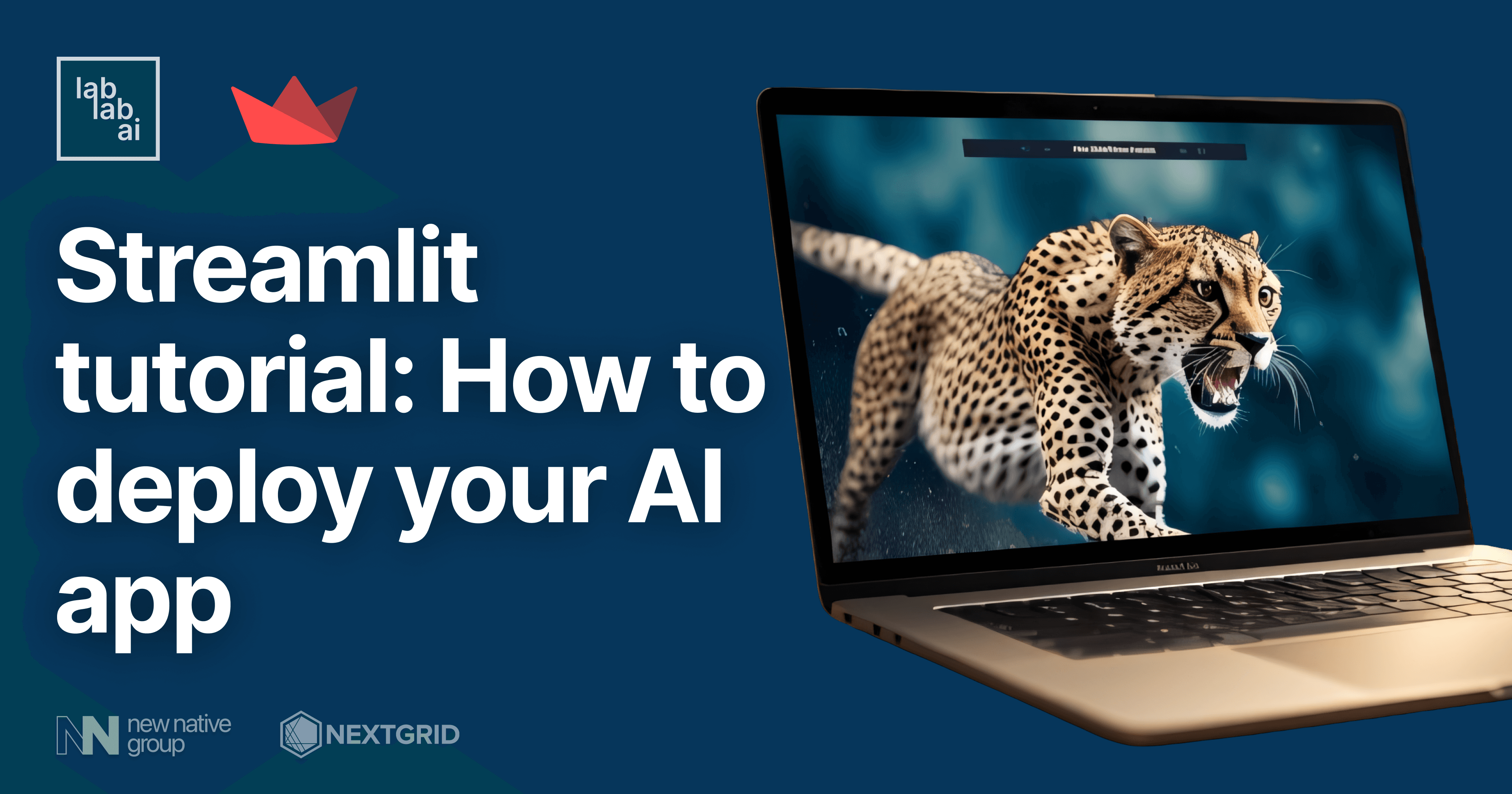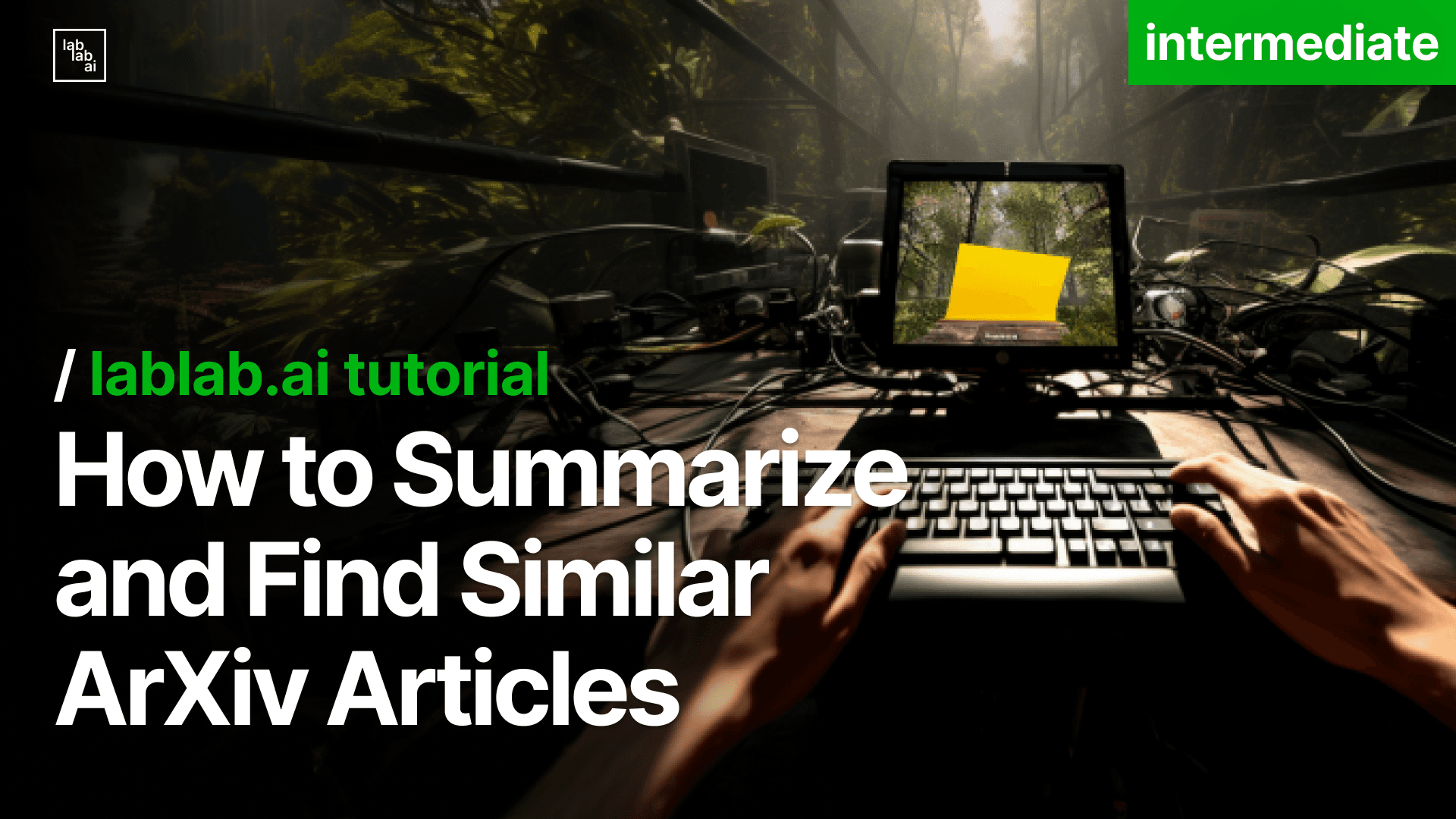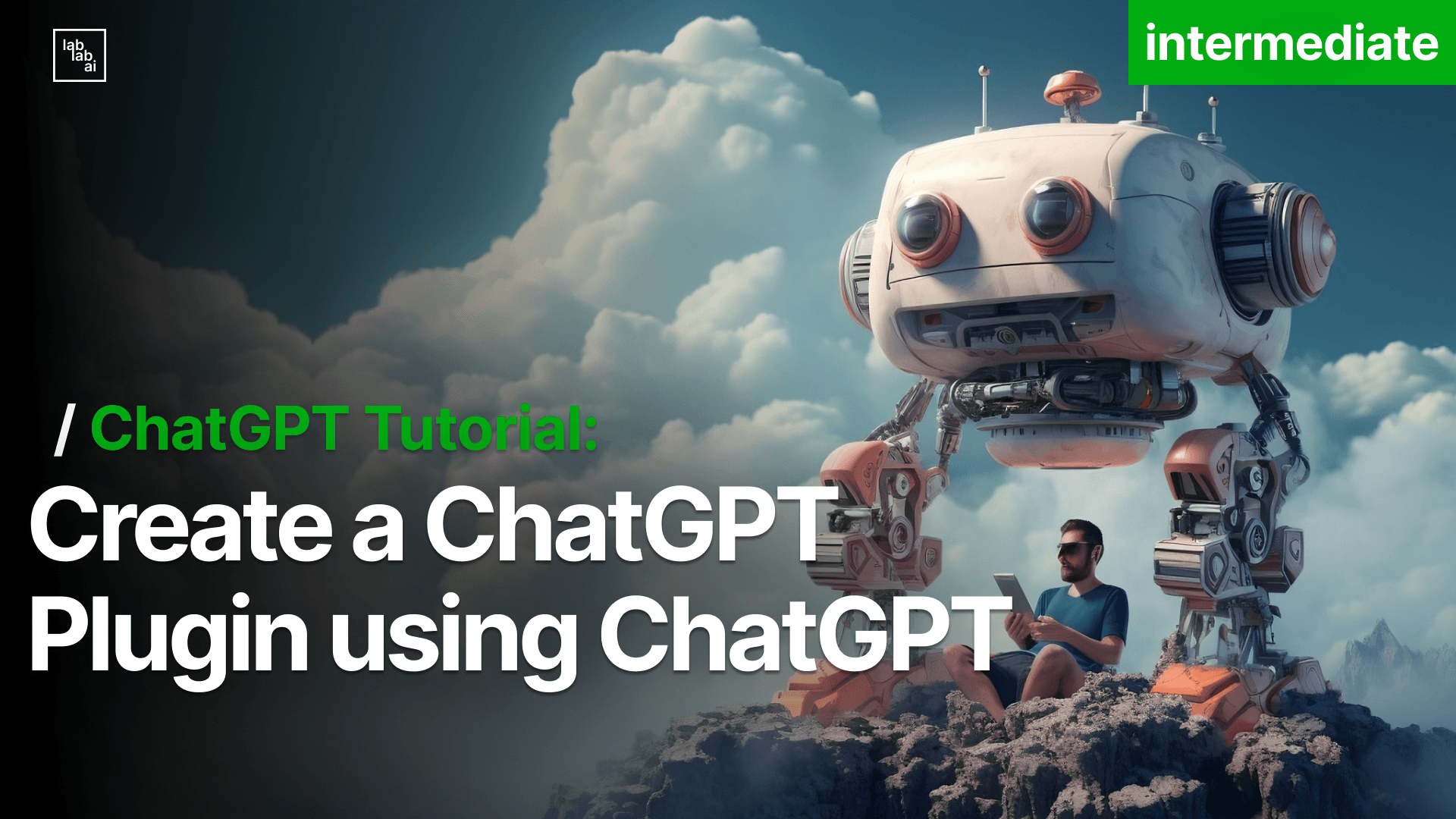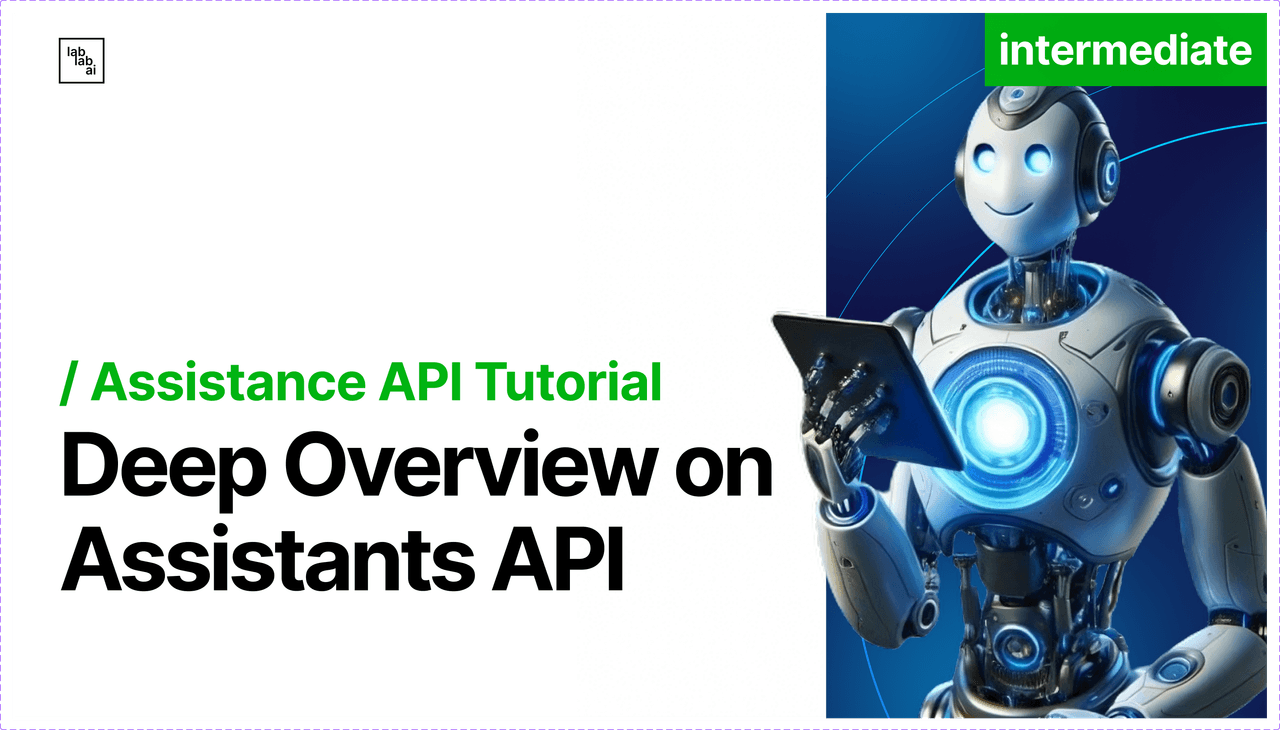Day 2/12 OpenAI: Reinforcement Fine-Tuning Brings a Strategic Shift in AI Development
OpenAI Day 2: Reinforcement Fine-Tuning Brings a Strategic Shift in AI Development
What happens when organizations can access the same reinforcement learning techniques that elevated ChatGPT from advanced high school to expert PhD level reasoning? That's the core of OpenAI's Day 2 announcement in their December launch festival, and its implications run deeper than most initial analyses suggest.
OpenAI is previewing reinforcement fine-tuning (RFT) capabilities for their O1 series of models, extending the same advanced training methodologies that power their most sophisticated systems to researchers, enterprises, and developers. The announcement comes strategically positioned just 24 hours after their O1 model release, as part of an ambitious 12-day rollout of new capabilities and features.
The technical demonstration proved particularly compelling: O1-mini, their smaller and faster model, was enhanced to outperform the full O1 model on specialized tasks. What makes this remarkable is the efficiency , these improvements required only dozens of examples, not the thousands typically needed for traditional fine-tuning approaches. For machine learning practitioners, this efficiency challenges fundamental assumptions about model optimization and specialization.
This approach to model customization represents a significant shift in AI development strategy. While the industry has focused primarily on building increasingly powerful foundation models, OpenAI is effectively redistributing the capability to create highly specialized AI systems. The implications extend beyond technical capabilities , this could fundamentally alter how organizations implement and optimize AI for specific domains.
To grasp the full significance of this development, we need to examine the evolution of model customization, understand what's been limiting progress, and analyze how reinforcement fine-tuning could redraw the boundaries of what's possible in applied AI. The story here isn't just about technological advancement. It represents a fundamental shift in how we approach AI specialization and expertise.
From Generic to Genius: How OpenAI's New Approach Changes Everything
For the past year, organizations working with large language models have faced a frustrating reality: you could have the most powerful AI model in the world, but making it truly excel at your specific domain was remarkably difficult. Traditional fine-tuning felt like teaching someone to memorize a script rather than truly understand the subject matter.
Take Thompson Reuters' experience. As a legal information powerhouse, they had vast amounts of legal data and access to state-of-the-art AI models. Yet creating an AI that could truly think through legal problems remained challenging. The models could learn legal terminology and formats, but that deeper level of legal reasoning - the kind that makes a great lawyer invaluable - remained elusive.
This gap between memorization and true expertise wasn't just a legal industry problem. Across healthcare, finance, engineering, and scientific research, organizations found themselves hitting the same wall. Traditional fine-tuning could make models speak the language of your industry, but it couldn't make them think like your best experts.
What makes OpenAI's reinforcement fine-tuning announcement so significant is that it fundamentally changes this equation. Instead of just teaching models what experts say, you can now teach them how experts think. The breakthrough lies in the ability to reward models not just for memorizing patterns, but for following expert reasoning processes.
Consider what Berkeley Lab demonstrated during the announcement. They took a medical diagnosis problem regarding genes responsible for rare diseases based on patient symptoms and achieved something remarkable. With just a few dozen examples, they created a model that could replicate the complex reasoning processes of expert geneticists. Not by memorizing symptom-gene pairs, but by learning to think through the diagnostic process systematically.
This efficiency is staggering. Traditional approaches might require thousands of examples to achieve modest improvements. Yet Berkeley Lab's demonstration showed dramatic performance gains with barely enough examples to fill a spreadsheet. This isn't just an incremental improvement. It represents a fundamental shift in what's possible with model customization.
The implications reach far beyond just making models more accurate. Organizations can now effectively embed their unique intellectual property and their ways of thinking and problem-solving directly into AI systems. It's the difference between having an AI that can recite your company's manual and having one that can think like your best performers.
The Architecture of Expertise: Deconstructing OpenAI's Technical Achievement
Teaching machines to think like experts has been one of AI's most persistent challenges. OpenAI's live demonstration revealed an elegant solution that's both sophisticated in its approach and surprisingly straightforward in its implementation.
The foundation of their system rests on a profound insight: expertise involves knowing how to think through problems rather than just knowing answers. Traditional machine learning focuses on mapping inputs to outputs. Reinforcement fine-tuning focuses on rewarding the journey that leads to correct conclusions.
Consider how the system processes a single training example from Berkeley Lab's rare disease research. The model receives a clinical case containing patient symptoms, medical history, and test results. As it analyzes this information, it generates multiple hypotheses about which genes might be responsible. Each hypothesis builds on medical knowledge, considers various factors, and leads to a ranked list of possibilities.
Here's where OpenAI's technical innovation shines. The grading system evaluates not just the final answer, but the quality of the model's reasoning path. A correct gene identification in first place indicates optimal reasoning. A correct identification further down the list suggests partially sound logic that needs refinement. This nuanced feedback helps the model develop increasingly sophisticated analytical patterns.
The validation architecture adds another layer of intellectual elegance. By ensuring zero overlap between training and validation genes, OpenAI created a pure test of reasoning ability. The model can't rely on memorized patterns - it must demonstrate genuine analytical capability. The increasing validation scores over time reveal something remarkable: we're watching a system learn how to think.
Berkeley Lab's results illuminate the power of this approach. Their fine-tuned O1-mini achieved 31% accuracy in first place gene identification, surpassing the 25% accuracy of the more powerful base O1 model. The technical significance extends beyond these numbers because they demonstrated that focused training in expert reasoning can overcome raw computational power.
The implementation architecture reflects deep practical wisdom. Organizations interact with three core components:
- Training examples that capture expert reasoning
- Grading criteria that define quality thinking
- Validation cases that test genuine understanding
The Hidden Revolution: What OpenAI's Approach Reveals About Expertise Itself
Here's a thought that should keep you up at night: OpenAI might have just created the most effective framework we've ever had for understanding how human expertise actually works.
Think about it. For decades, we've struggled to understand how experts develop their intuition. Why can an experienced doctor look at a set of symptoms and immediately see connections that others miss? How does a master chess player know which moves to consider? We've had theories, but we've never had a way to systematically test and replicate the development of expertise.
The Berkeley Lab example reveals something profound. When they created their training data, they had to break down medical diagnosis into discrete components: symptoms present, symptoms absent, and the reasoning path to the conclusion. This forced crystallization of expert thinking has exposed patterns we might never have noticed otherwise.
The most striking revelation lies in the power of negative space in expertise. Notice how the training examples specifically include "Absent Symptoms." This goes beyond what exists to include what does not exist. Master diagnosticians do not just recognize patterns; they are acutely aware of which patterns are conspicuously missing. This insight alone could transform how we train human experts.
Even more fascinating is what the grading system tells us about how expertise develops. The model gets partial credit for having the right answer lower in its ranked list. This shows how human experts develop because they do not go from wrong to right overnight. They get progressively better at prioritizing the most likely answers.
The efficiency of the training process with only dozens of examples needed challenges everything we thought we knew about learning. It suggests that perhaps the raw quantity of experience matters less than we thought. What matters is having examples that perfectly crystallize the core principles of expert reasoning.
This has staggering implications for human learning and development. Instead of requiring years of unfocused experience, could we identify the key decision points that actually build expertise? Could we create "perfect examples" that teach more effectively than hundreds of ordinary cases?
OpenAI has inadvertently created a laboratory for understanding the architecture of expertise itself. Every successful implementation of reinforcement fine-tuning isn't just creating a better AI - it's revealing fundamental insights about how expertise develops, how knowledge is structured, and how complex reasoning actually works.
This isn't just about training AIs to think like experts. We are using AI as a mirror to understand our own expertise in unprecedented ways. The tools and frameworks OpenAI has developed for teaching machines might end up transforming how we teach humans.
Now that's a revolution no one saw coming.
Mapping the Organizational Mind: The Unexpected Benefits of Teaching Machines to Think
The process of implementing reinforcement fine-tuning reveals something remarkable about organizations that few have noticed: we're finally developing a concrete way to map institutional knowledge. Not just what organizations know, but how they think.
Consider what happens when an organization prepares to implement this technology. They must first identify their best performers and document their decision-making processes. This alone is forcing organizations to examine their expertise in ways they never have before. It's like getting an MRI of your organizational intelligence.
The Berkeley Lab case reveals something particularly fascinating. When they created their training examples, they had to explicitly define what makes a "good" diagnostic process. This forced articulation of quality is unprecedented. It's one thing to know your best performers; it's another entirely to codify exactly what makes their thinking superior.
But here's where it gets really interesting: the validation process is exposing hidden patterns in expert thinking that we never noticed before. Remember those performance graphs showing how the fine-tuned model improved? Each improvement spike represents the model discovering a thinking pattern that consistently leads to better results. We're essentially watching expertise being reverse-engineered in real time.
The implications for organizational development are profound. Traditionally, when a top performer leaves, they take their expertise with them. Their replacement has to redevelop that expertise through years of experience. But what if we could capture not just what they know, but their actual problem-solving patterns? We're not just preserving knowledge anymore - we're preserving thinking styles.
This leads to an even more intriguing possibility: cross-pollination of expertise. When organizations map out their expert thinking patterns, they often discover that different departments have developed unique approaches to problem-solving. A risk assessment framework developed in the legal department might offer surprising insights when applied to technical architecture decisions. We're beginning to see expertise as transferable patterns rather than domain-specific knowledge.
The grading system OpenAI has developed offers another unexpected insight. By requiring organizations to define explicit criteria for evaluating thinking quality, it's forcing a level of rigor in performance assessment that most organizations have never achieved. It's not enough to know what a good decision looks like - you have to know exactly why it's good.
But perhaps the most profound implication is what this means for organizational adaptation. When you can map and modify thinking patterns systematically, you can evolve your organizational intelligence intentionally. Rather than waiting for new best practices to emerge naturally, you can actively experiment with different thinking patterns and measure their effectiveness.
Think of it as organizational consciousness because we're developing tools that let organizations understand and modify their own thinking patterns. This isn't artificial intelligence alone, but augmented organizational intelligence.
The real revolution might not be in creating better AI models, but in finally having tools to understand and enhance how organizations think. We're moving from an era of knowledge management to one of intelligence management.
Now that's a future worth thinking about.




